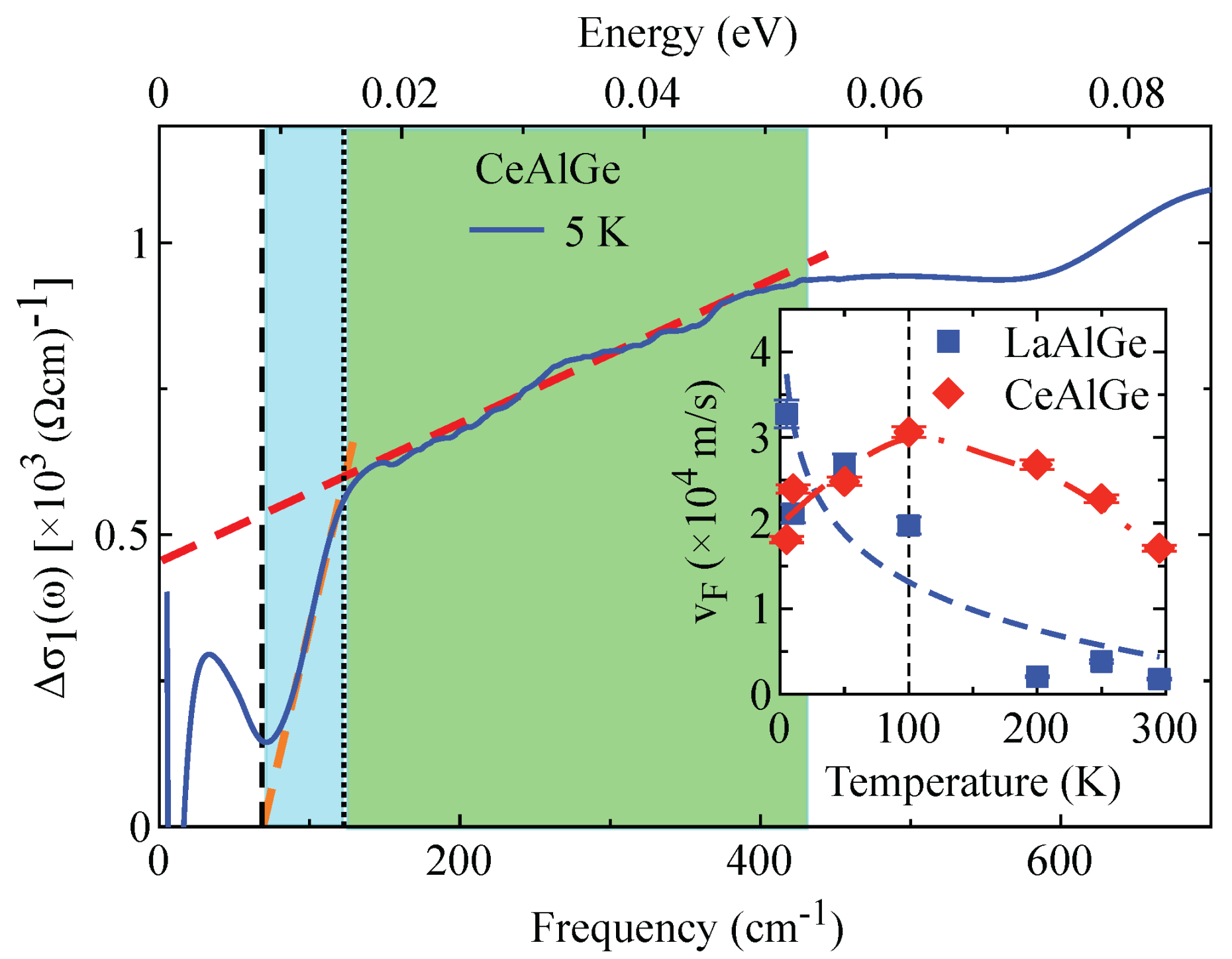Highlights 2021
Ingredients for enhanced thermoelectric power at cryo-temperatures in the correlated CoSbS semiconductor revealed by its optical response

The semiconducting CoSbS is well known for its thermoelectric performance at high temperatures but it is also of interest because of its colossal low-temperature thermopower. We address the temperature dependence of its optical response over a broad spectral range, from which we reveal several ingredients determining the thermoelectric properties at cryo-temperatures. We discover coherent phonon modes and with the additional support of scanning transmission electron microscopy investigations we provide evidence for in-gap impurity states driving the formation of correlated electrons in the valence band. Their implications, with respect to the high thermoelectric power at low temperatures, are discussed within the framework of the phonon-drag transport of low-mobility heavy quasiparticles.
Related paper
Evidence for correlation effects in noncentrosymmetric type II Weyl semimetals

Topological fermions have mainly been addressed in the limit of weakly correlated systems, while the realisation of Kondo-like physics arising from Dirac/Weyl fermions and implying strong correlations is rare. The noncentrosymmetric Weyl fermion RAlGe compounds (with R = La and Ce) provide a promising playground for revealing the impact of electronic correlations driven by f-electron states on Weyl fermions. Here, we tackle their charge dynamics as a function of temperature. Besides spotting typical optical signatures of a type II Weyl semimetal in both materials, we discover that electronic correlations at low temperatures renormalise the non-trivial bands hosting the Weyl nodes and lead to a reduction of the Fermi velocity as well as an enhancement of the charge carriers effective mass in CeAlGe with respect to LaAlGe, both being a fingerprint of a so-called Weyl-Kondo system.
